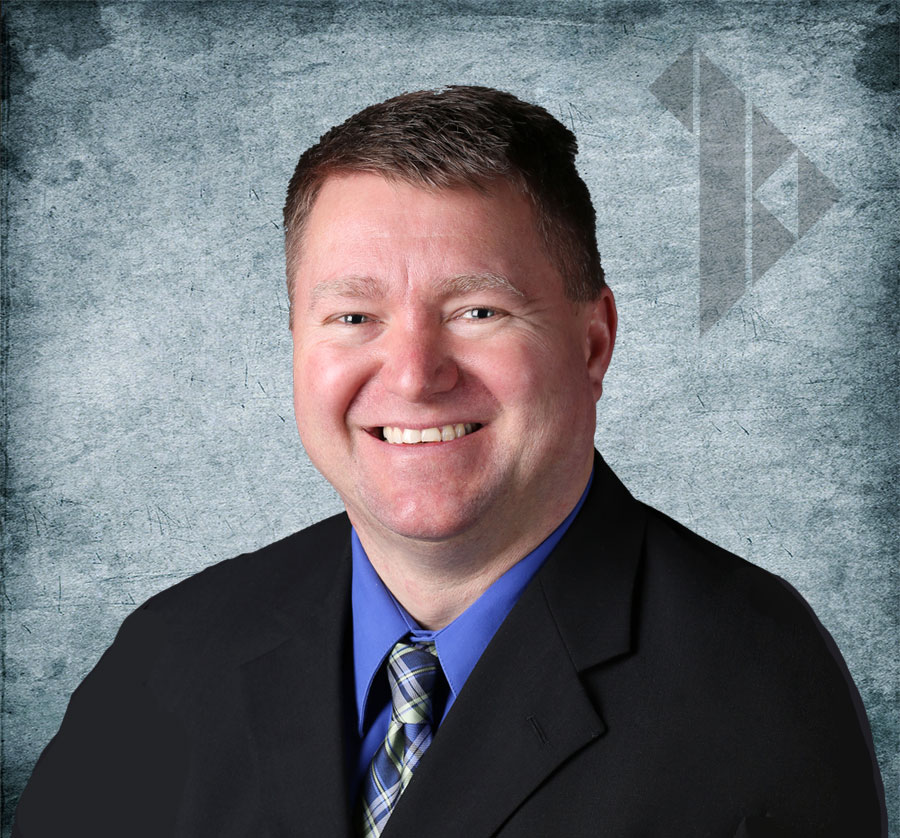Interview Conducted by Roberta Hess of Princeton Marketing
Aligned to Meet Client and Advisor Priorities
 In an exclusive interview, Charlie Pritzl, Director of Plan Administration at The Retirement Advantage, Inc. (TRA), talks about how sponsors and advisors can make the most of their relationships with TRA.
In an exclusive interview, Charlie Pritzl, Director of Plan Administration at The Retirement Advantage, Inc. (TRA), talks about how sponsors and advisors can make the most of their relationships with TRA.
You had been in the retirement industry for some time before joining TRA. What led you to join the company?
I’d been with a third-party administrator (TPA) in the Green Bay, Wisconsin area in various roles, including manager of their implementation team as well as a Project Manager for IT and Operations, which included internal software design. A friend told me about TRA and its focus on growth, which really appealed to me. I also was ready to start managing a team again, instead of working on projects and software development. Bonus: TRA’s headquarters in Appleton are a lot closer to my home than Green Bay is!
Can you give us a brief description of your responsibilities as Director of Plan Administration at TRA?
There are two teams reporting to me. The first is Service, which includes the Defined Contribution and Defined Benefit Production Teams, as well as 3(16) Fiduciary Services. The second is Client Relations, which includes our Client Relationship Managers (CRMs).
How does the structure of Plan Administration — that is, having both Production and Client Relations reporting to you — help provide the best level of service for TRA’s clients?
Our structure helps our clients because both the Production and Client Relations sides of the business communicate with one another to provide them with the highest level of service.
Production (including 3(16) Fiduciary Services) “does the work,” concentrating on processes relating to plans. The Client Relations team is responsible for communicating the results of that work, as well as any issues that may arise in the course of Plan Administration. Both teams have a great working relationship with one another and can strike the right balance between efficiency and meeting our clients’ needs. We’re also working on aligning the Client Relationship Managers even more closely with Production to make sure that everyone’s working from the same set of priorities.
Our structure benefits financial advisors, as well, since they can be sure that each of their clients has a dedicated CRM. And we welcome feedback from advisors as well as from clients! Hearing what’s working well and where we have room for improvement enables us to get even better at what we do.
Do you have any tips for clients or financial advisors to get the most out of the CRM relationship — especially for start-up plans?
The CRM’s role is consultative, giving sponsors as much information as they need about their plans. For first-time plan sponsors, it may seem overwhelming. But they should understand that the better informed they are, the better the plan’s success — and the success of their employees planning for a secure retirement.
This is especially true when it comes to plan design. Clients should know that the “door is always open” to their CRMs. If they let us know what they need their plans to do, then we can find a way to help. I urge clients to not be afraid to say: “This is what I’m looking for in my company’s retirement plan.” We’ll do our best to deliver!
And I strongly suggest that financial advisors to stay engaged with plans, especially during the start-up phase. Tell us about your expectations. At what level do you want to be involved with a plan’s service and communications? For example, some advisors are fine with being copied on all communications we have with their clients. Others want us to communicate with them first before we reach out to plan sponsors.
Our goal is to align our communications and service with advisors, so they are able to strengthen and deepen their client relationships. Working together, we can make sure that each plan sponsor gets the information they need along with the highest level of service.

